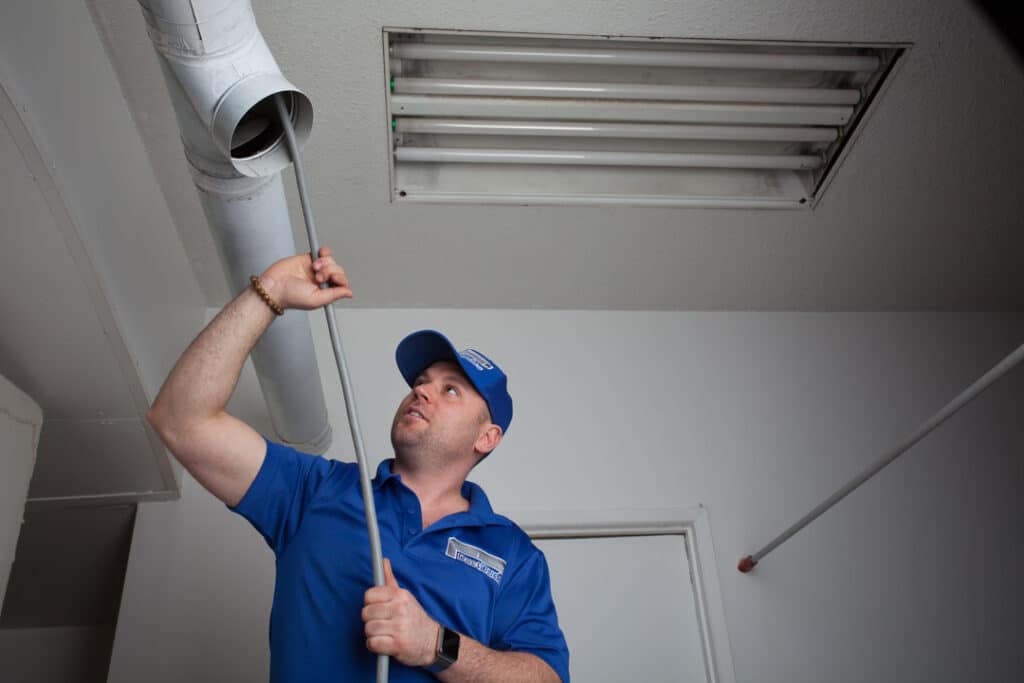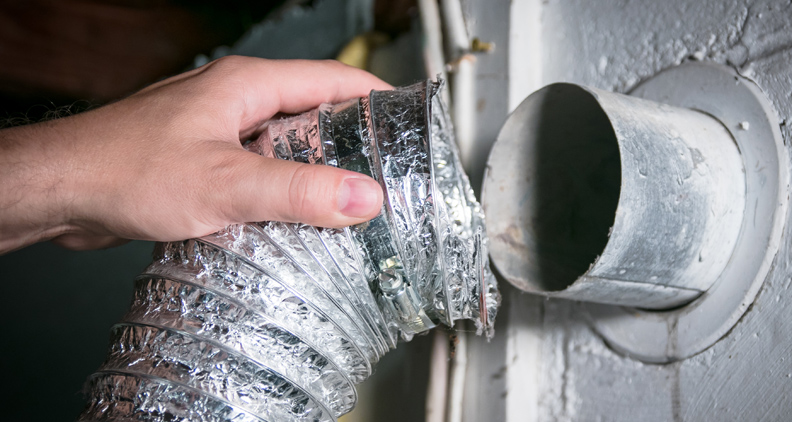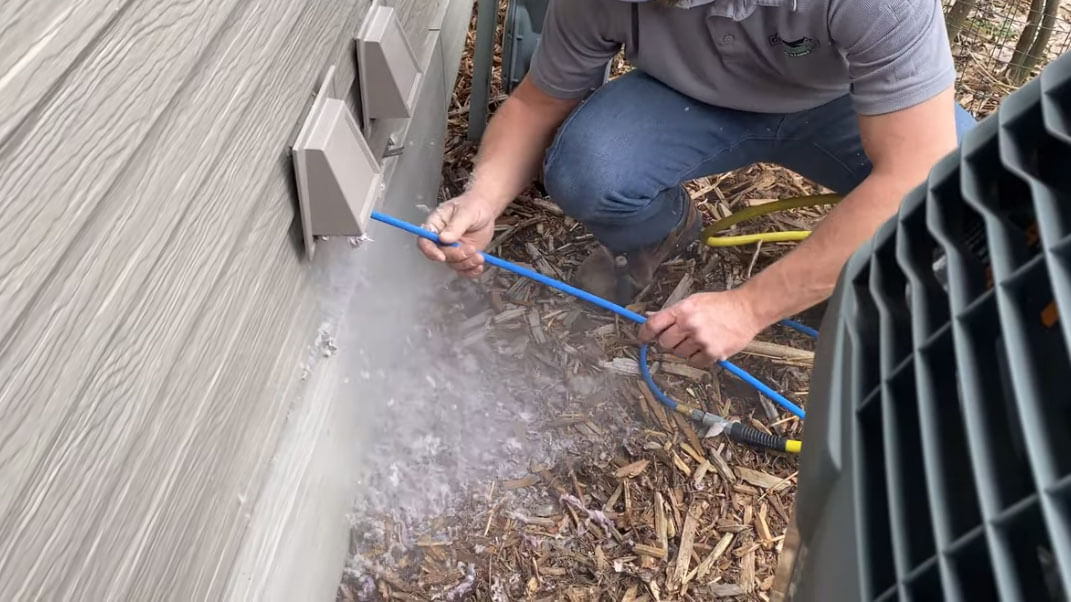Keeping your air ducts clean is essential for ensuring high air quality in your home or business. Whether you’re a homeowner or a business owner, understanding what is the best air duct cleaning system can make a tremendous difference in your living or working environment.

Why is Air Duct Cleaning Important?
Regular air duct cleaning helps remove dust, allergens, and other contaminants from your ducts. This not only improves air quality but also enhances the efficiency of your HVAC system. For more insights on the importance of clean air ducts, check out residential duct cleaning.
Health Benefits
Clean air ducts can significantly reduce the risk of respiratory problems and allergies by removing pollutants from the air. This is especially crucial for individuals with asthma or other respiratory conditions.
Energy Efficiency
Removing debris and dust from your air ducts can improve the efficiency of your HVAC system, resulting in lower energy bills. Learn more about the impact on air duct cleaning costs.

Types of Air Duct Cleaning Systems
Rotary Brush Systems
Rotary brush systems use brushes of various sizes and shapes to scrub the inside of your air ducts. They are effective in removing stubborn debris and dust. However, they may not be suitable for all types of air ducts, as the abrasive nature of the brushes can sometimes cause damage.
High-Pressure Air Systems
High-pressure air systems employ powerful blasts of compressed air to dislodge dust and debris from air ducts. This method is particularly effective for removing loose debris but may not be as efficient in cleaning heavily contaminated ducts.
Vacuum Systems
Vacuum systems use powerful vacuums to suck out dust and debris from your air ducts. These systems are highly effective and are considered one of the best for comprehensive duct cleaning. Learn more about the best cleaning equipment.

How to Choose the Best System for Your Needs
Assess Your Duct Material
Different air duct materials may require different cleaning methods. Ensure you choose a system that is compatible with your duct material to avoid any damage.
Consider the Size of Your Ducts
The size of your ducts can influence the effectiveness of different cleaning systems. Larger ducts may require more powerful systems, such as vacuum or high-pressure air systems.
Professional vs. DIY
While DIY cleaning methods can be cost-effective, professional air duct cleaning services often provide more thorough and reliable results. For more detailed information, check out this article on professional cleaning outcomes.

Step-by-Step Guide to Air Duct Cleaning
Materials Needed
- Rotary brush system
- High-pressure air system
- Vacuum system
- Protective gear
- Cleaning agents
Preparation
Before starting, make sure you have all the necessary tools and equipment. Wear protective gear to avoid inhaling dust and contaminants.
Cleaning Process
First, use the rotary brush system to scrub the inside of your air ducts. Follow this with a high-pressure air system to dislodge any remaining debris. Finish by using a powerful vacuum system to extract the dislodged dust and debris.

Common Mistakes to Avoid
Not Using the Right Equipment
Using the wrong equipment can damage your air ducts or result in incomplete cleaning. Make sure you choose the right system for your specific needs.
Skipping Regular Maintenance
Regular air duct cleaning is essential for maintaining good air quality. Skipping regular maintenance can lead to a buildup of contaminants and reduce the efficiency of your HVAC system.
FAQ Section
How often should you clean your air ducts?
It’s generally recommended to clean your air ducts every 3-5 years. However, if you have pets or suffer from allergies, you may need to clean them more frequently.
Can I clean my air ducts myself?
While you can clean your air ducts yourself, professional services often provide more comprehensive and reliable results.
What are the signs that my air ducts need cleaning?
Signs that your air ducts need cleaning include visible dust and debris, musty odors, and reduced efficiency of your HVAC system.